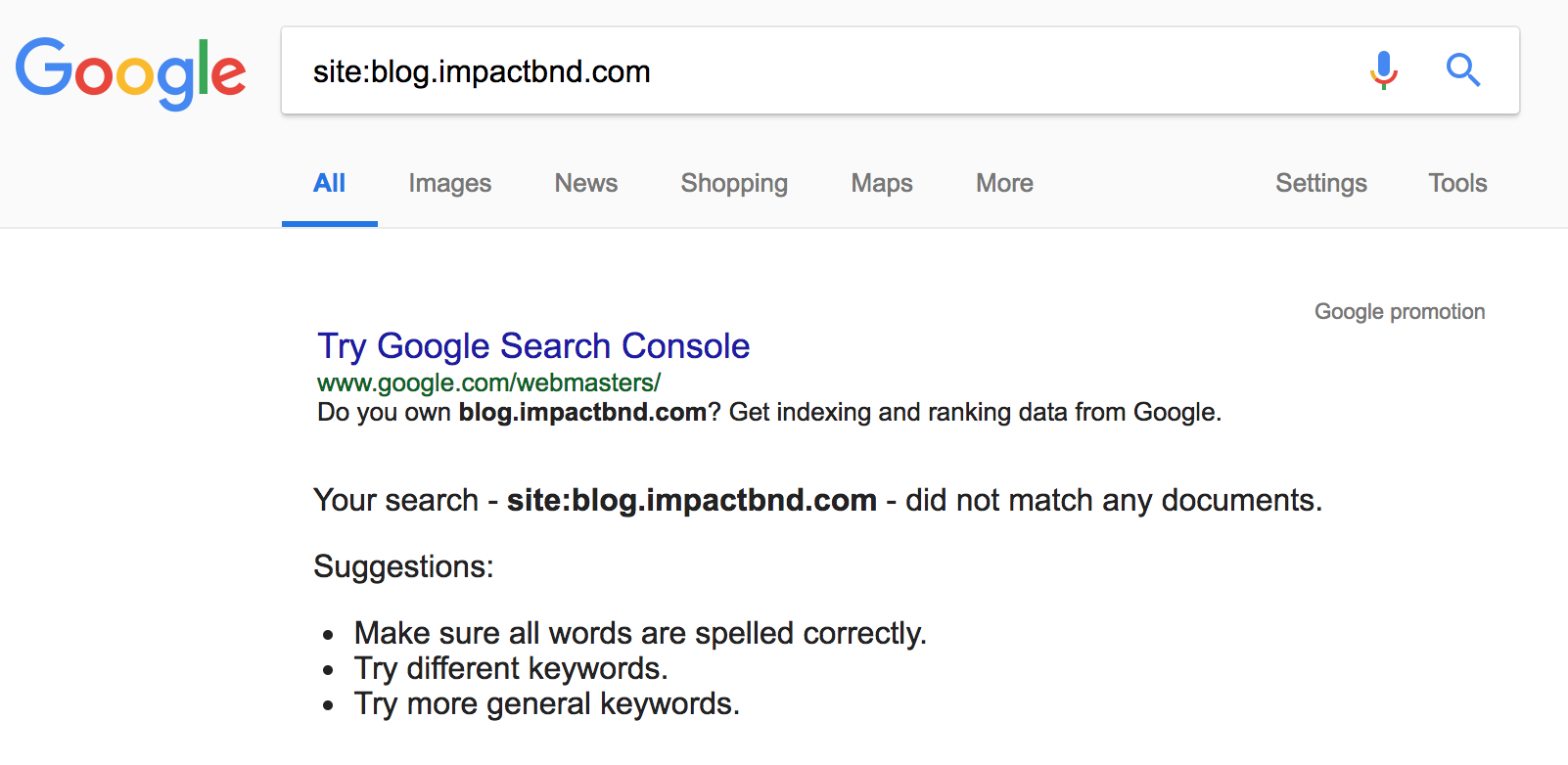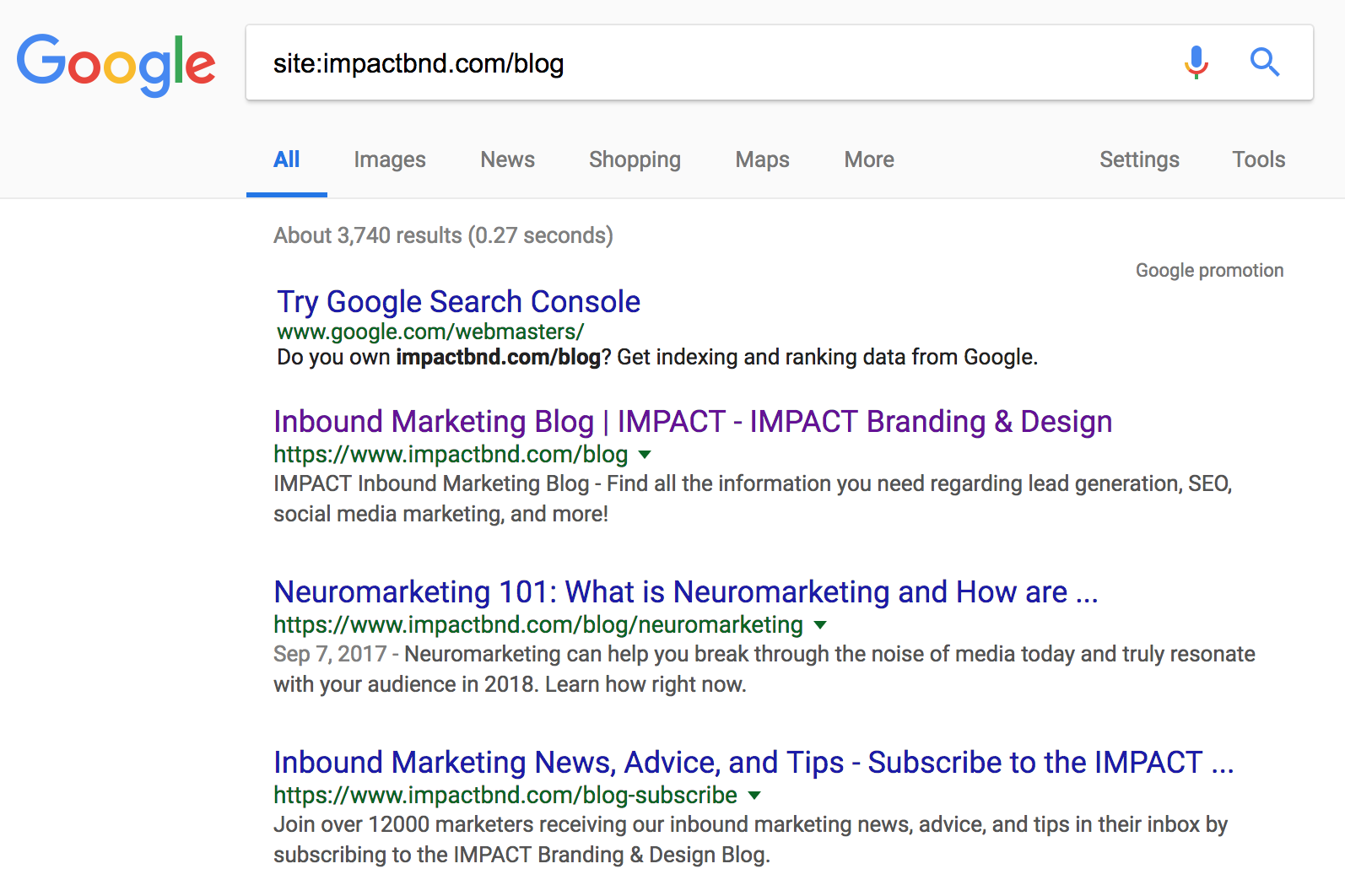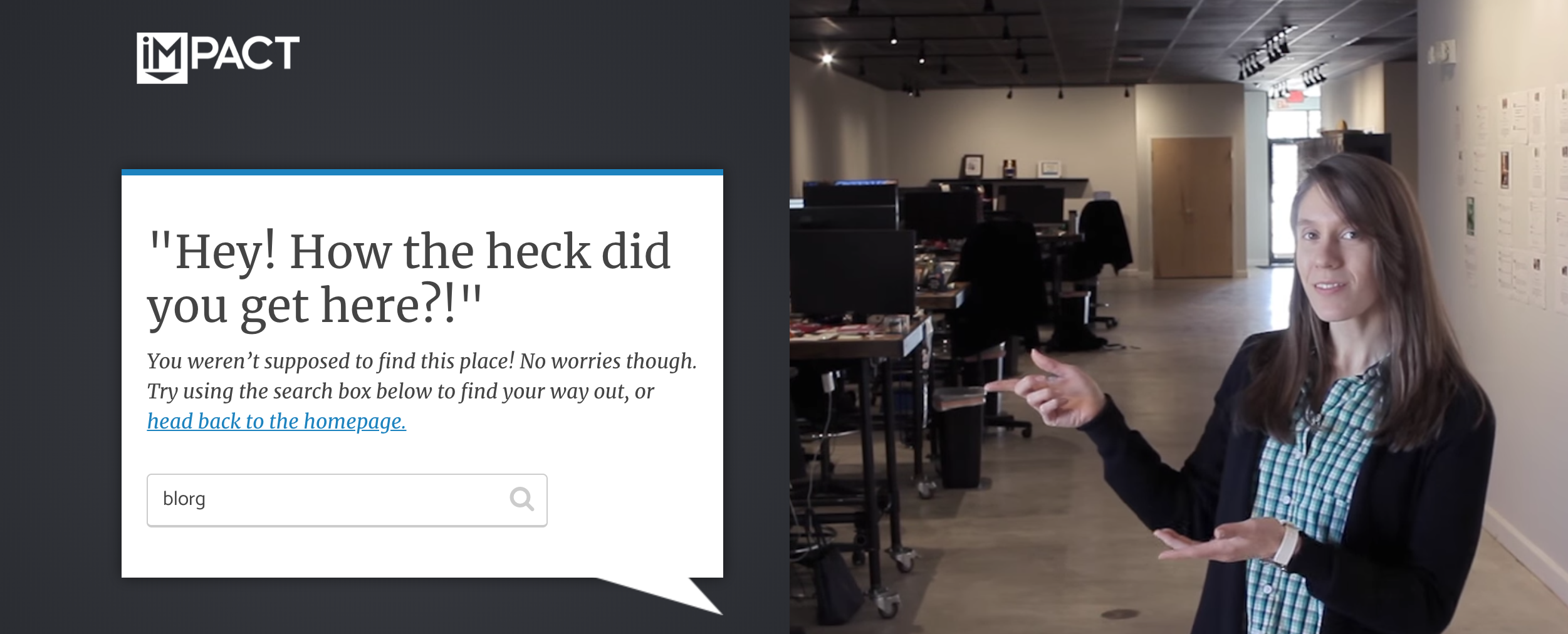Topics:
Search Engine OptimizationSubscribe now and get the latest podcast releases delivered straight to your inbox.
Technical SEO upkeep is a lot like flossing -- you don’t really want to do it, but you definitely should do it more than you currently are.
With that sentiment in mind, I undertook a 301 clean up project of, which at the time, felt like nothing much.
As the task drew on, however, and I sat at my computer -- click… click… delete -- over 3000 times
In the beginning, I'd wonder “this would have enough of a positive impact on the SEO value of this site to warrant such a tedious, labor-intensive process.”
The short answer is yes. Here’s what I learned through this process and some things to keep in mind if you ever embark on a similar journey.
Your Website Shouldn’t Rely on 301s Forever
Once the URL mapping is added, it will take some time depending on how often the page is crawled, but the search engine will eventually transfer about 90% the page equity or “Google juice” to the new one.
This is a good thing. You’re telling Google this old page is no longer needed; it has been replaced by this new one and you have accomplished what you set out to do. Case closed.
But, not quite.
Hate to break it to you, but 301s are far from the diamonds of the internet. They’re not going to last forever.
A 301 tells search engines that a page has moved, but over time, that page too may disappear.
You may need to add another redirect, and eventually another, and so on.
This series of redirects (known as “chains”) the search engine has to climb through will slow down your site speed.
In addition to the search engine, your own browser needs to look through every single redirect to make sure this link takes the user to the correct page, which will also slow down your site.
And frankly, a slow site in 2018 is bad for business.
Users grow impatient with slow sites and bounce off, while Google penalizes them. Not to mention, each link in the chain costs you about 10% of the pages overall Google juice. This is also bad for business.
Some redirects are necessary, and I know this, but it’s best to minimize them.
But Which 301s Can Go?
Identifying which URLs are still being indexed and need to be kept is a lot easier than you think.
Like so many things in life, just Google it!
If we find in the SERP that a page we redirected is still being indexed, it shouldn’t be removed.
To illustrate, let's take a look at the most common incident of 301s we see at IMPACT, a blog moving from a subdomain to a subfolder.
When we Google our old subdomain with “site: ________, ” we find that no pages are being indexed under it.

Compared to when we search the subfolder, we see:

All of the pages that were 301’ed from the subdomain to the folder have been cleared from the SERP and Google is now recognizing the new pages.
Now that we know our redirects have been digested by the search engine it should be safe to delete it, right? Not quite.
You still have a few more things you must consider before you smash that delete button:
Backlinks
A backlink is a link on an external website that takes the user from theirs to yours. In other words, it is an incoming link, or a link back to your site as the name suggests.
These links act like a digital “thumbs-up” from another site that tells the search engine your content is valuable and worth looking at. These types of links have a positive effect on your SEO, especially if they come from sites with high domain authority.
They are important to this story because if you delete a redirect to a page that is getting linked by other sites (even if it’s no longer in search engines), people will be sent to a 404 page and you’ll lose out on this traffic.
You’ll want to keep these redirects in place.
Moz Link Explorer and SEMrush are both great tools that help you identify your backlinks, but if you want these reports, you’ll have to pay for them.
Internal Links
An internal link is any link on your own site that directs users to another page on your own site.
Hopefully, you have complete control over the content on your own website and can update the links manually. If you can’t (or aren’t) and are relying on redirects, some SEO experts say this could be hurting your site authority.
If your site is relying on them, you'll want to hold off on deleting them at least until you can update them.
If you don’t want to wait, however, you’ll want to find out if your site is housing broken links.
Broken Link Check is fast and free, and, as a bonus, it will also provide you with broken external links.
The good news is you can fix both of these by simply removing or updating the hyperlinks on your site.
When Not to Use a 301 Redirect
At this point, we’ve made sure that Google isn’t indexing old, nonexistent pages and our links aren’t broken; all in the name of maintaining the integrity of your user experience and, most importantly, preventing anyone from landing on a “page not found” or permanently moved page, also known as the 404 error.
If this happens to you on IMPACT’s site you get served up this snazzy piece.

Reducing the amount of 404 pages feels like a no-brainer. If your site just redirects people to live pages with a 301 then a user can’t possibly find a broken one -- but this isn’t always the best course of action
Believe it or not, but there is a time when a 404 should get to live out its lonely, conversion-less life in peace.
Let the 404 Live
Google suggests you steer clear from:
- redirecting any old pages to your homepage
- creating fake content
- using robots.txt to block 404s from indexing
If you find yourself considering any of these options, stop. These pages don’t need to be redirected and should be left to 404.
All of these things make it harder for the search engine to recognize your site’s structure and process it properly.
Google says 404s don’t harm your site ranking and even goes on to recommend ways to investigate and fix legitimate errors.
As long as 404s aren’t showing up in search engine results or backlinks, you should be safe to let them be. In other words, you get to live with a few crawl errors in your Google Search Console.
It is important to note that the 404s of pages past will probably always show up in your search console error reports forever because once Google has successfully crawled a page once, it can try to crawl it forever.
Remember to always take what Google says with a grain of salt. Their algorithms and best practices change pretty frequently so no solution will ever be or permanent.
Keep in mind that these are just a few takeaways I got from going through this process and it is far from everything you need to know about proper 301 and URL mapping maintenance.
If you’ve ever gone through a similar project and learned something that I didn’t mention here -- let me know in the comments below!
Free: Assessment

